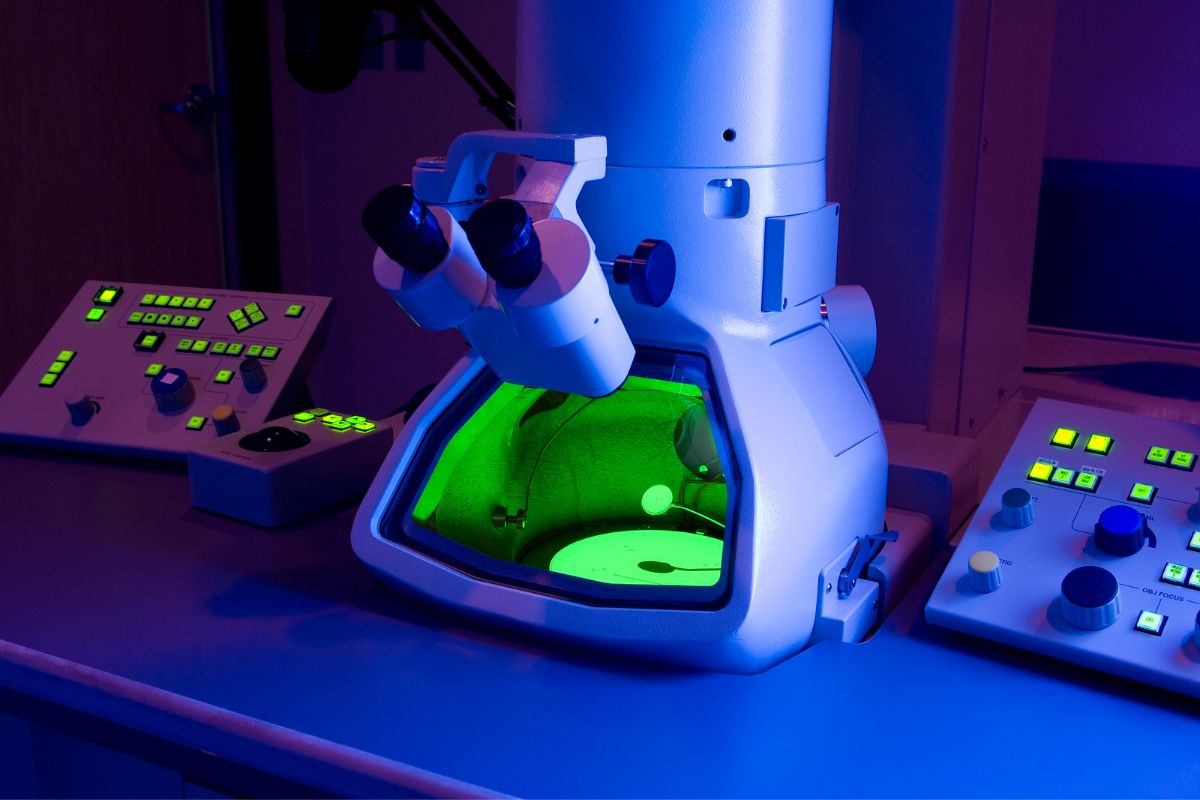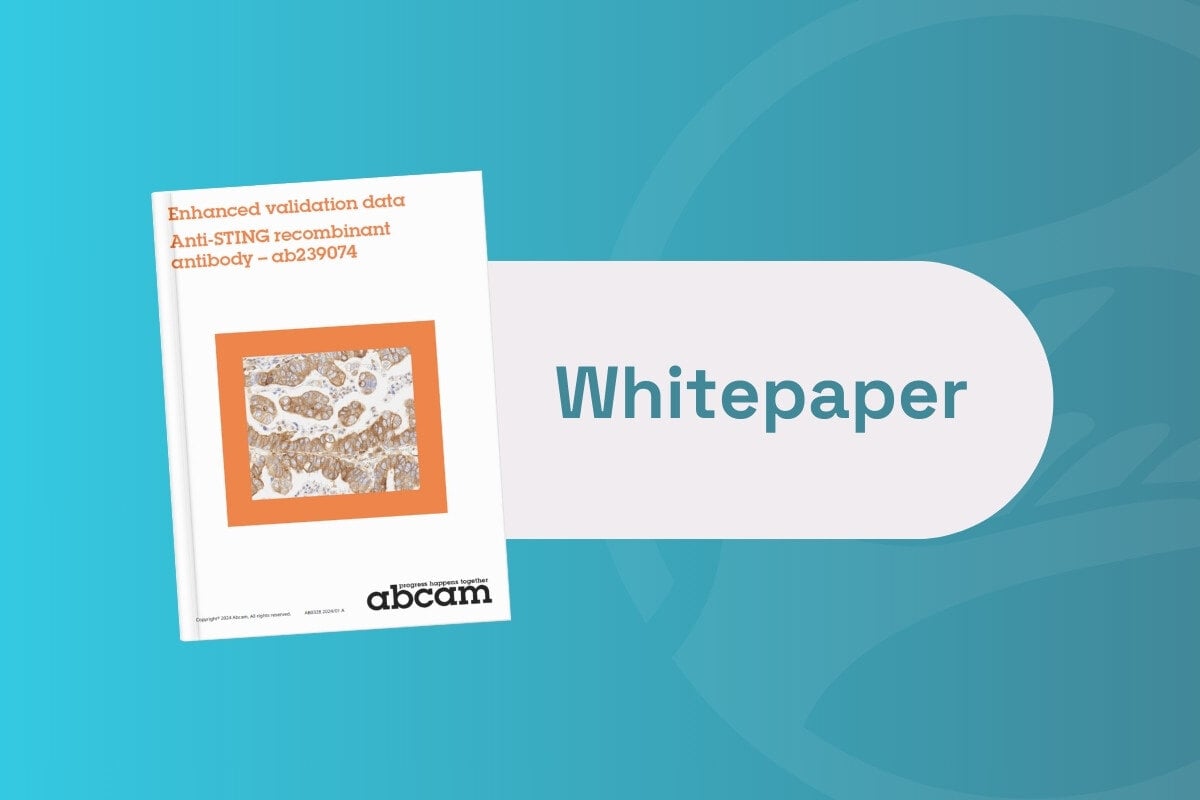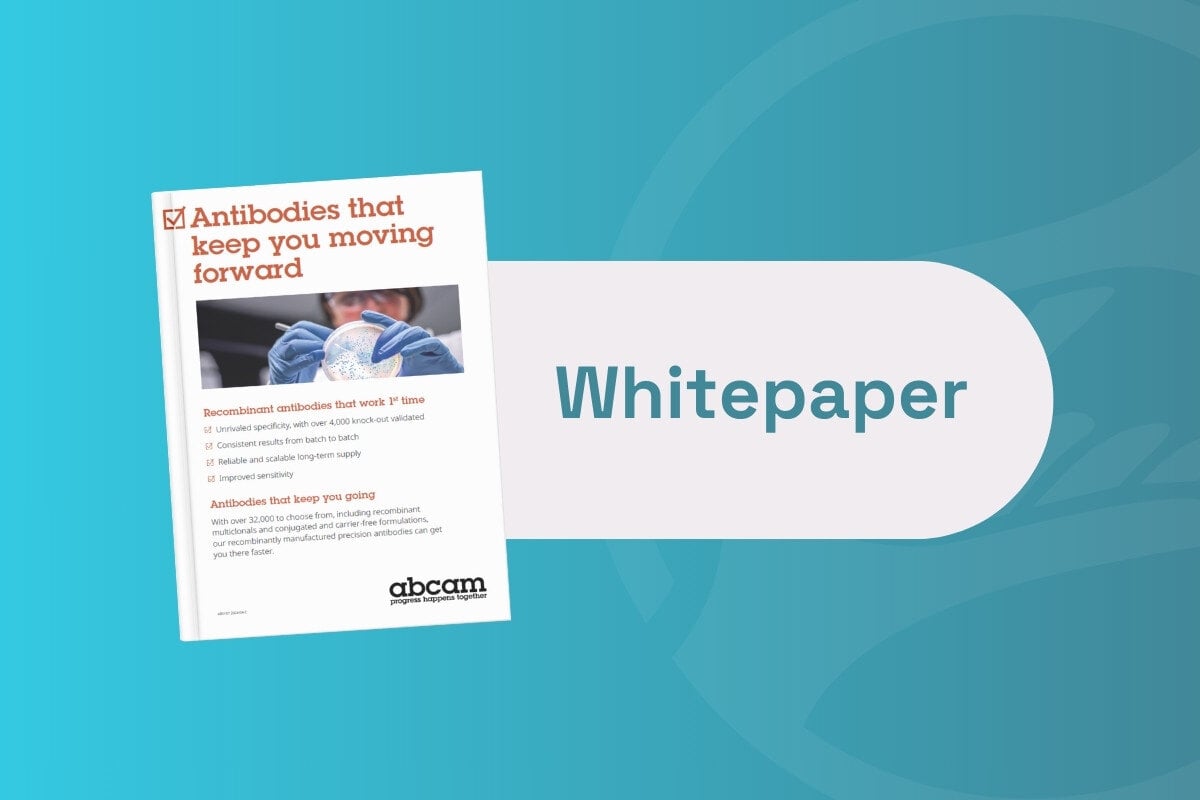Advanced Data Analysis Pipelines for Spatial Transcriptomics

Spatial transcriptomics is an emerging field that aims to capture individual cells' spatial location and gene expression within a tissue sample. As the technology for spatial transcriptomics has rapidly evolved in previous years, so has the need for advanced data analysis pipelines.
At Oxford Global’s Spatial Biologics US: In-Person conference in 2022, one of the event highlights was a panel discussion titled ‘Computational Tools in Spatial Biology’. The session was dedicated to exploring the challenges and opportunities that have emerged in the field of spatial transcriptomics analysis, and moderated by Guo-Cheng Yuan, Professor of Computation Biology at the Icahn School of Medicine.
The panel discussed the challenges which arise during both low- and high-level analysis, along with the question of standardising data processing across different platforms and the need for greater collaboration. Yuan was joined by Lana Garmire and Arvind Rao, both Associate Professors at the University of Michigan whose primary associations are with the Department of Computational Medicine and Bioinformatics.
The Challenges of Low-Level Analysis in Spatial Transcriptomics
To understand the challenges faced in the spatial transcriptomics analysis space, it is first important to understand the difference between low-level and high-level analysis. The former refers to how quantitative data is extracted from the instruments used, whilst the latter typically refers to what happens downstream. This type of transcriptomics analysis reflects aspects most directly related to the biological and clinical questions researchers are looking to answer. The panel first focused on the challenges presented by low-level analysis, with Yuan posing the question, “What are the main challenges of data analysis from a technology standpoint, and what is there to be done to overcome these challenges?”
Garmire expressed the view that the spatial transcriptomics field currently has a lot of variations of technologies, such as those which are image-based or sequence-based, and therefore has very different throughputs. For example, some technologies can handle hundreds of genes whereas others cannot, and all the available technologies will provide varied resolutions.
“Given the heterogeneity that exists within this field, it may be difficult to find a universal solution for low-level data processing because the data will come from a different technological background,” Garmire stated. She therefore suggested that the best route would be categorising the available technologies. She speculated that the resulting scenario would allow for a transferrable learning approach where researchers could infer the genes that are not identified in one platform. This is just one step that could be taken towards homogenising the datasets which come from different platforms, allowing for more straightforward low-level analysis.
Setting a “Gold Standard” for Data Analysis
One audience member was interested to hear whether any work is going into establishing a “gold standard” for data analysis. Yuan acknowledged that this is a critical but complex question to answer. It is naturally easier to establish a standard in some areas, such as cell type identification, than others.
One of the most significant issues that arises when thinking about setting a “gold standard” for data analysis is establishing how exactly researchers can validate and confirm the standard. Rao noted that there was the Minimum Information About a Microarray Experiment (MIAME) framework in the past, which was particularly helpful because it established a clear and cohesive framework to communicate “what the data was, how it was acquired, and what it could be used for.” This has important consequences for rigor and reproducibility as well — at the data, analysis and inference levels.
- National DNA Day: marking 20 years since the sequencing of the human genome
- How are untargeted metabolomics approaches reinforced by AI?
- Interview: What's next for spatial omics?
Rao went on to express that because the field has grown considerably, creating more advanced, higher-level processes needs to wait until there has been an effort in the field at large to establish a standard for data representation. At the lowest level, there is a need to communicate how data was acquired, what a single unit of measurement means from a given platform, and how to recalibrate the data so that it is possible to reconcile a specific data set with other data sources. This final requirement comes from both from a batch effect perspective as a well as an integrative multi-omics one.
The panel all agreed that if the community could take steps towards reconciling different modalities, platforms, resolutions, and sequencing chemistries, it would become substantially easier to establish a standard data set that would enable multiple spatial profiling platforms to operate together.
If there is no benchmarking of data, then high-level downstream analysis is rendered almost meaningless. Yuan noted that any steps towards more rigorous checking of data would be highly beneficial and will help researchers address the issues that arise when using multiple approaches to analyse and validate the same tissue. Ultimately, whilst no standard currently exists, a lot of work is being done to address this shortcoming in the field, and hopefully, in the next few years, progress will be made in this regard.
Spatial Biology Europe 2023
The upcoming Spatial Biology Europe 2023 conference is scheduled for 12th to 13th September 2023. This 2-day event explores spatial research from the application of spatial technologies in biology to topical updates from spatial genomics, transcriptomics, metabolomics and spatial bioinformatics.
From cutting-edge case studies to the latest in products and services, our online event will bring together leading academics for a day of discussion, knowledge sharing, and focused networking sessions. If you’re interested in joining the conversation, register today!








